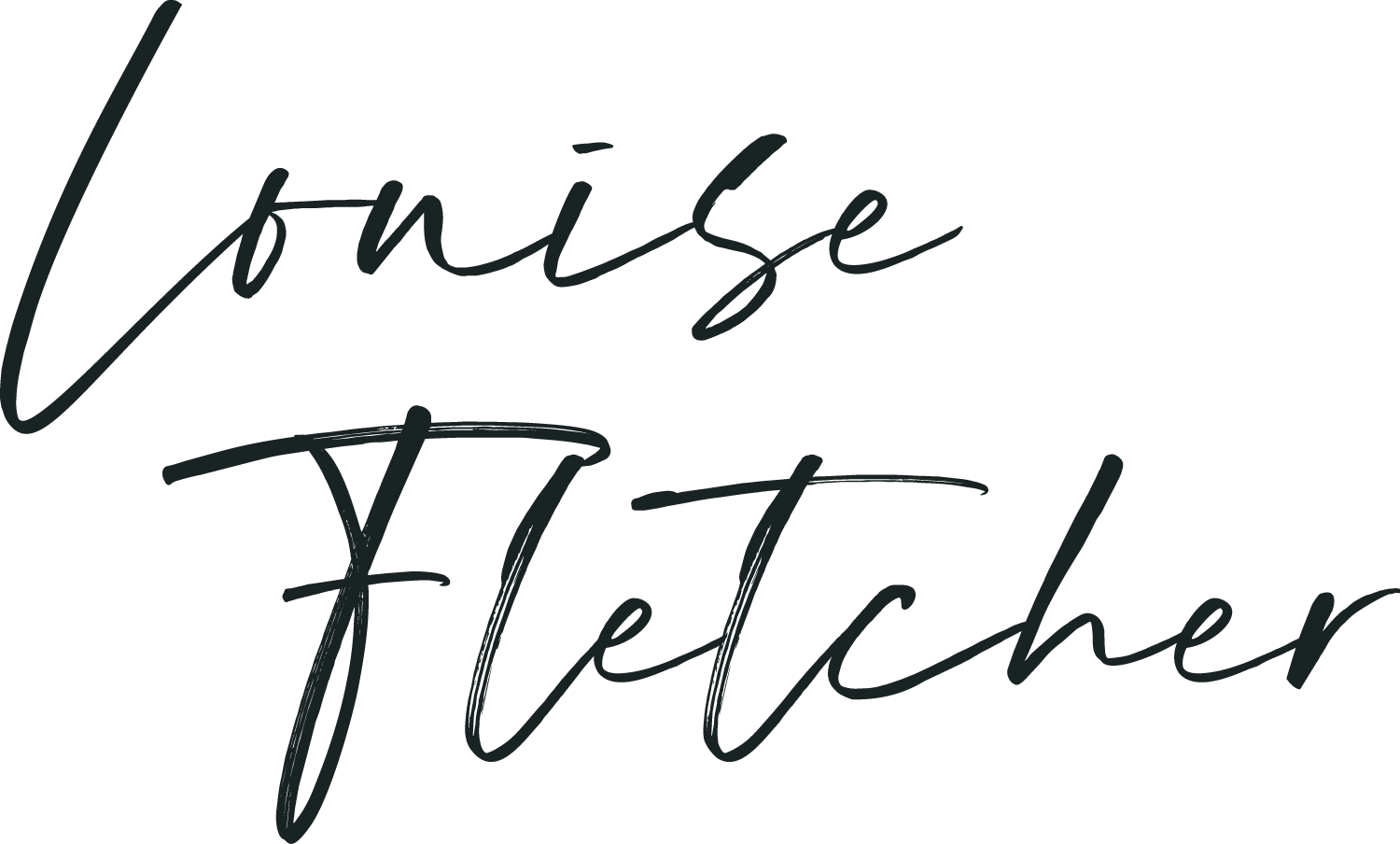Why do you make art?
I recently read a book called The Secret Painter by Joe Tucker and it stopped me in my tracks. The book tells the story Eric Tucker, a working-class labourer who quietly painted over 500 brilliant pieces without seemingly no intention of ever sharing them. Having finished the book, I keep coming back to one question: Why do we make our art? Is it for ourselves—or is it for others?
Eric Tucker painted scenes of everyday working-class life in northern England. He did it largely in private. His paintings weren’t created to impress the elite art world. They weren’t designed for gallery acclaim or social media applause. He painted because he had to.
What strikes me is this: his creativity came from a deeply personal place—rooted in his world, his culture, his identity—not from the drive to be seen, praised or collected.
So there are two basic reasons we might make our art:
We might make art because you need to—because it helps us feel whole or helps us make sense of the world in some way, or because we have something to communicate..
Or we might make art because we want the world to admire it (and by extension, to admire us). We might use that admiration as an ego boost.
Of course, for most of us, there is a little bit of both. But I think when we lean too much towards the second drive, it runs the risk of being shaped by external expectations: the trend, the market, the polite applause. Our art becomes hollowed out - unsatisfying to us, and largely ignored by everyone else.
Eric as totally driven by the need to express something and so he never sought adulation or praise for his work.
There’s a mirror here for you (and me). When you head into your studio:
Are you thinking, “What will others think of this?”
Or are you thinking, “What do I need to say here?”
If the former dominates, you might start bending your work towards external validation: colours, styles, formats that you think will get “likes,” gallery nods or collector interest. That doesn’t mean you shouldn’t care about being seen—but if that becomes the why, you lose something of your voice.
If the latter guides you, you’re more likely to stay curious, messy, and unpredictable.
Here are a few questions I invite you to reflect on this week:
When I pick up my brush / pencil / tools, what am I really doing?
Am I responding to a need inside me, or chasing something outside me?
What happens to my work when I shift from “I hope someone likes this” to “I need to make this”?
And I offer a practical exercise: Make one piece of work this week that you don’t show anyone. No intention of sharing it, no pressure of approval. Just make it for yourself. See what comes out. Then ask: Did you hold something back because you thought someone else might judge it? And what would it have looked like if you didn’t?
Because in the end, art made for applause may look OK on the surface, but is unlikely to last. On the other hand, art made out of necessity often lasts. It carries depth. It carries meaning.
And it carries you.

